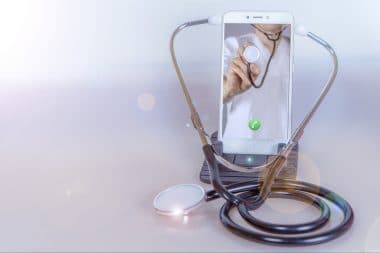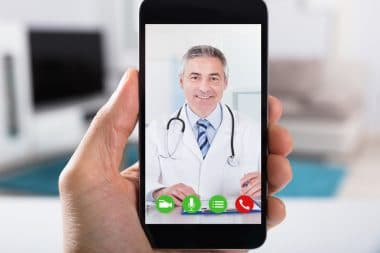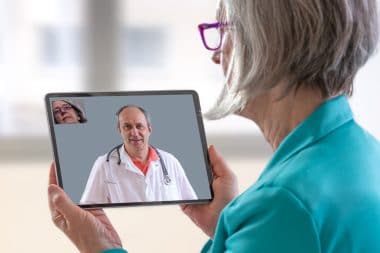A global health crisis in times of a pandemic had various tools to handle the situation. The most important one of them that has been silently slaying the apocalyptic conditions and aiding more lives than you can imagine is virtual medical care.
With the spread of the COVID-19, healthcare service providers are leveraging telemedicine to provide safety to the staff and the patients. Medical Group Management Association survey data suggests an astounding ninety-seven percent of healthcare providers opting for either a hybrid or full-fledged telehealth access for the patients. But how does it help shape medical care?
Added Protection
Telemedicine has become a necessary and safe tool in times of the rising risk of infection and the surging demand for healthcare. The primary care facilities that aid the treatment of general health ailments are maximizing the number of patient visits through telemedicine.
Data suggests that more than sixty percent of the patients are willing to try telemedicine in these desperate times. The added level of protection for both the medical personnel and the patient is fueling its growth. The early days of telemedicine saw the usage of videoconferencing as a tool to communicate. Advancements are helping to monitor patients by integrating IOMT or Internet of Medical Things devices.
These are aiding the medical staff to supervise the monitoring of the patient vitals from far off. Thus, enabling it to be a useful telemedicine platform and a remote care option.
Remote Reading of Data
The latest technology and the advancement in medical mechanics are facilitating radiologists to read patient data from anywhere. Evidence suggests that COVID-19 can change the way how radiologists work for good. The majority of them are working from home using digital technologies.
Although a crucial aspect to consider here is that digital technologies were already on the rise before the pandemic. It was predominantly put to use in the rural areas and oversees patients or for the diagnostic of imaging reports.
The pandemic proved to be the wake-up call that the medical industry needed. The hesitant urban hospitals are changing their stance of mandating the radiologists to work from the hospital premises.
Most notable experts and medical professionals expect a ‘sea of change’ in this field in the days ahead. The rise of teleradiology is compelling enough as a piece of evidence for this onset of changes.
Healthcare Access for Senior Communities
The high-risk adults who are in their senior years need specialized attention and care. The same can include the need for convenience, reduced number of hospital visits, and the availability of improved disease management and care. Telemedicine helps increase healthcare access in such senior Living communities.
Many organizations are increasing the scope of the application of telemedicine. The rising demand can warrant its exploration beyond the rural territories. These can now be in use for preventive health screenings and other health services.
An expansion of the horizon of such services is always a welcome move. It is especially crucial during such situations when people are not to step out of their houses. It can act to safeguard the senior folks who are above the age of sixty-five or those deemed as high-risk individuals.
Conservation of Resources
The option of availing of treatment from home for low-risk patients has led to a reduction in the demand for medical supplies and beds. It is especially beneficial for the medical system to avoid overwhelming patient inflow. Achieving this feat has been possible only because of telemedicine.
These systems are also aiding to reach the care units that house patients who need monitoring under special circumstances. Thus helping to limit the exposure of the healthcare personnel, who otherwise would have been facing exposure to dangerous ailments.
The adoption of the $200 million telehealth program by the Federal Communications Commission as part of the $2 trillion coronavirus response bill is set to benefit more people. The allocated funds will assist in the purchase of the telemedicine devices and equipment to provide telemedicine services. Thus ensuring more operational space in the hospitals to take care of critical patients.
Aiding the Needy
The hindrance of access to medical treatment due to the existent geographic, economic, and racial divergence came to light post the pandemic. The first-paced shift to telemedicine can help those who face the dual challenge of poor connectivity and limited resources.
So telemedicine has been empowering the healthcare system in more ways than you know. The proper adoption of such technology can help prioritize those in need. A pandemic especially warrants such tools to be in use for the benefit of not clusters in silos but communities at large.








Reply